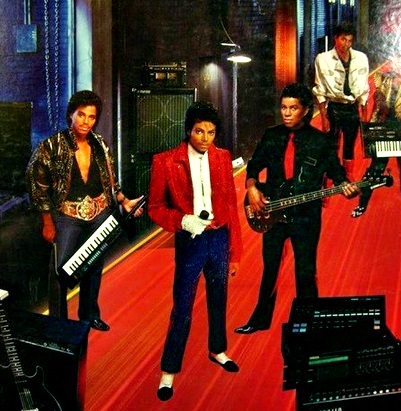

This preset was also a godsend for Yamaha, which needed an easy way to market the revolutionary new sounds that FM synthesis offered. This gave studio musicians the ability to change sounds quickly in the middle of a recording session, and allowed the slightly adventurous to tweak, say, a brass preset ever so slightly to help it cut through a mix.

In the early ‘80s, analog synths like the Sequential Circuits Prophet line and Roland’s Juno line used presets to give users the easy ability switch between a wide variety of timbres and textures with the quick click of a button. The earliest innovation of the digital revolution in music - and one of the most lasting - was the simple synth preset.

In all modern FM synths, multiple operators (sometimes identical, sometimes programmed very differently) are chained together to create FM’s complex tones. The operator takes the place of the oscillator on FM synth. The combination of a carrier and a modulator is referred to as an operator. One is the carrier wave, which is the one you hear, and the other is a modulator wave, which shapes the carrier to create a complex wave shape and, in turn, a variety of tones. In its simplest form, FM uses two sine waves. Three years later, Chowning would develop the Frequency Modulation protocol for digital synthesis and Stanford would quickly patent it.įrequency Modulation’s is based on a principle that’s elegantly simple in theory, and mind numbing to the uninitiated in practice.

In 1964, computer music pioneer Max Matthews from the Bell Laboratory helped the burgeoning composer John Chowning set up a computer music program using the computer in the Stanford Artificial Intelligence Laboratory. The long answer starts with Stanford University. Yamaha likely knew it couldn’t make an interface as intuitive as the Minimoog’s or the Juno-60’s for its FM synths, so it gave the DX7 some buttons that programming diehards could use to navigate menus and called it a day.Ĭouldn’t some other company have come along and devised that perfect interface for the FM synth that made programming as accessible as an analog synth filthy with knobs? The short answer is no.
Michael jackson on yamaha montage 8 how to#
The early and enduring appeal of those huge Moog and Buchla modular systems is that players could conjure any imaginable sound by learning how to tweak a big system with immediate visual and sonic feedback.īut what’s sauce for the subtractive goose is not sauce for the FM gander. Blake currently resides in Bellingham, Washington with his family, and between his travels around the world for Yamaha, he performs as much as possible with several jazz and creative music groups in Bellingham, Seattle and other places in the Pacific Northwest.Analog subtractive synthesis operates on similar principles as an EQ or guitar effects, with twists of knobs shaping the produced sound in a straightforward way. Blake holds a Bachelor of Music degree from the University of Northern Colorado and a Master of Music degree from Arizona State University. In his role as Product Specialist for the Synthesizer Department Blake appears in many product videos and artist interviews, writes many articles for and co-hosts a regular Podcast called “Behind the Synth”.īefore his work with Yamaha, he taught music theory and jazz studies courses at Arizona State University managed a technology-focused music store in Seattle and was a production supervisor at Microsoft, where he led a team that developed groundbreaking interactive music content for the Microsoft Network. An expert in music technology, Blake has conducted numerous clinics, master classes and presentations throughout the United States, Europe and Canada. Yamaha Synthesizer Product Specialist Blake Angelos has over thirty years of experience with music hardware and software.


 0 kommentar(er)
0 kommentar(er)
